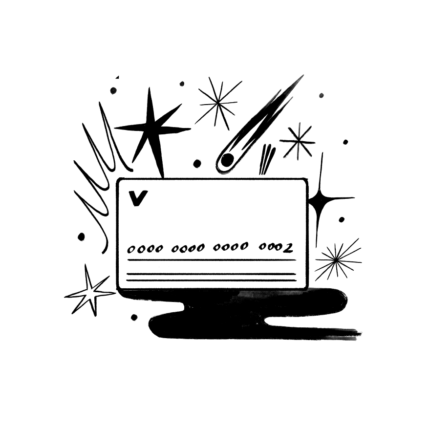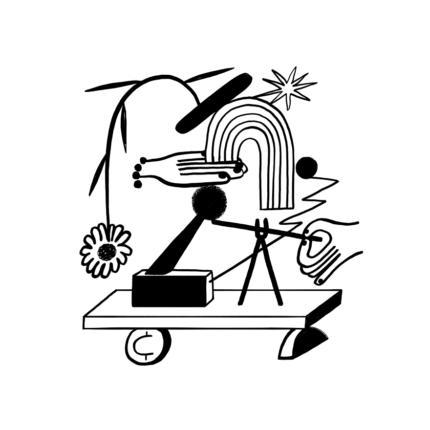
5 money habits to bring into the new year
As the new year approaches, we encourage you to take a close look at both your short- and long-term wealth goals. Finance writer Dori Zinn takes us through her five favorite money habits to bring into 2022.
The end of the year is a great time to take a deep dive into your finances. But instead of just setting big money goals, we suggest using this time to get granular–to consider how much money you have coming in, what you have going out, and where you can make improvements to your budget.
So, before you watch the ball drop, prepare for the year ahead by considering these five helpful money habits.
1. Track your spending
It’s easy to let your bank statement do all the work, but if you never look at your spending with a critical eye, you’ll never know where you can make impactful adjustments to your budget.
There are loads of mobile apps that give you the tools you need to track your spending across all your accounts, including checking, savings, credit cards, and more. Using these apps might help you find ways to cut down on any number of things, like unnecessary subscription services or extra meals out.
You might have to try a few different apps to find the one that fits you best. But trust the process! As soon as your app of choice surfaces that one subscription you haven’t used in two years and are paying ten bucks a month for… you’ll be happy you took the time.
2. Set realistic goals
It’s easy to say “I want to get out of debt” or “I want a new car,” but those are big-picture goals. We suggest setting smaller, more incrementally achievable targets in order to help you reach those big goals.
If you want to get out of debt, for instance, be diligent in setting aside some extra money–even as little as twenty bucks–every month. Then put that money against larger payments like credit cards or loans. Finally, review your budget to see where you can cut costs (again) and add that money to your respective goals.
If you’re having trouble setting realistic goals, take a bit of time to think about what you want in the next year, five years, 10 years, and so on. This can help you decide on realistic goals for both the short- and long-term.
3. Make your health a priority
Go into 2022 with a plan to see your healthcare team. Doing this when you’re healthy means that you’re being proactive with your health and watching out for your wallet. If you put off routine appointments, emergency visits could mean larger out-of-pocket expenses.
If you don’t already have one, signing up for a health savings account (HSA) is a no-brainer. HSAs are triple-tax-deductible, so spending on eligible health products, saving, and investing with one is like being gifted free money from the government (which pretty much never happens).
4. Break up your savings goals
Instead of using one savings account for all your finances, consider setting up savings goals with your bank. These are different buckets for savings that you can use to stash money for specific purposes, such as saving up for a down payment, car, vacation fund, etc.
Start with small goals, like saving $500 or $1,000 into your emergency fund. An emergency fund is usually defined as three to six months’ worth of expenses. You can add to that while also contributing to other goals. An HSA is the best place to put your emergency medical fund if you know you have medical services on the horizon.
Having separate savings goals doesn’t prioritize one over the other, but rather, gives you a way to organize each goal!
5. Don’t stop planning
Developing the best money habits is something you’ll continually need to work on. Life ebbs and flows, which means that your money does, too. The plan that suits you when you’re 20 might not be best for when you’re 30 or 40. Your retirement plan will look a lot different than your college plan.
The point is to always have a plan, even if it’s changing. We encourage you to check in with yourself every few months next year, maybe even go as far as to add a calendar reminder! Make it a habit to ebb with the flow, and change pieces of your plan as you see fit.


